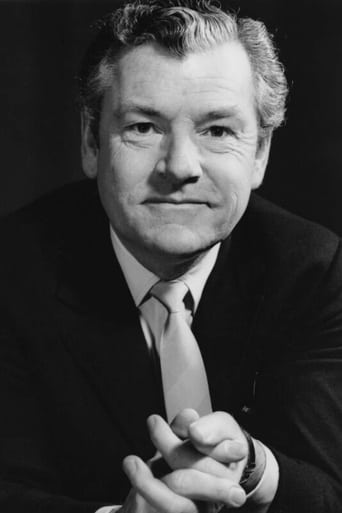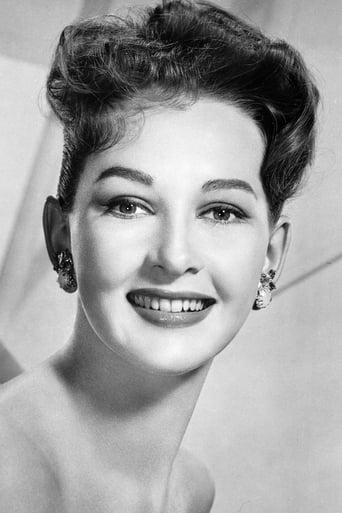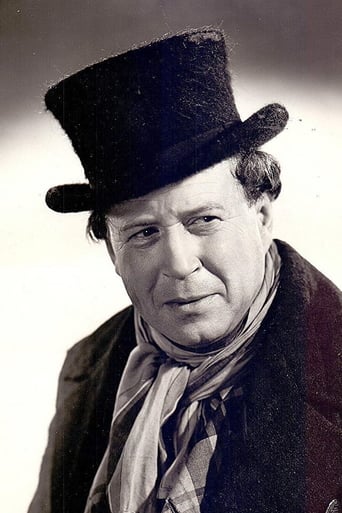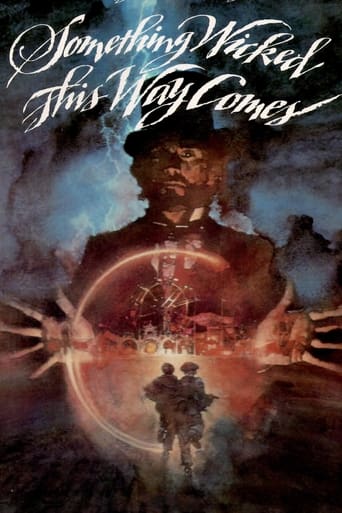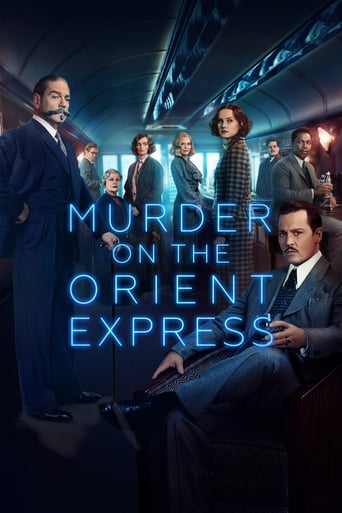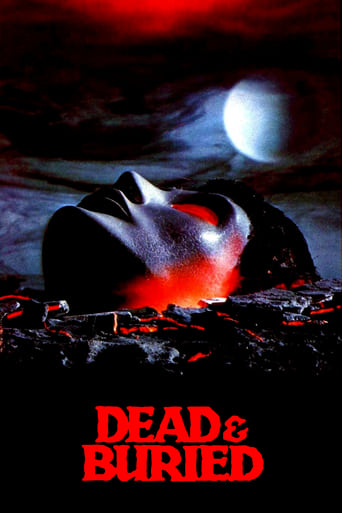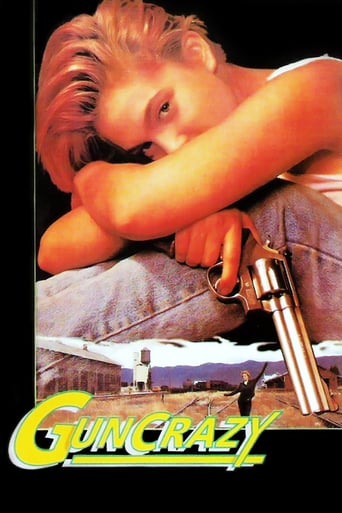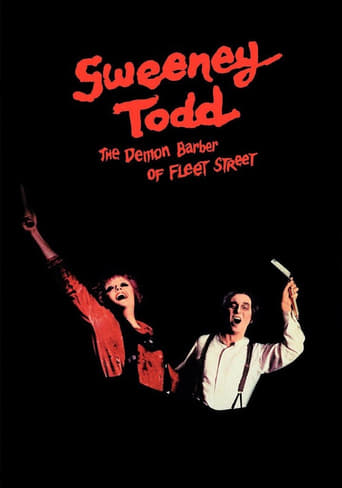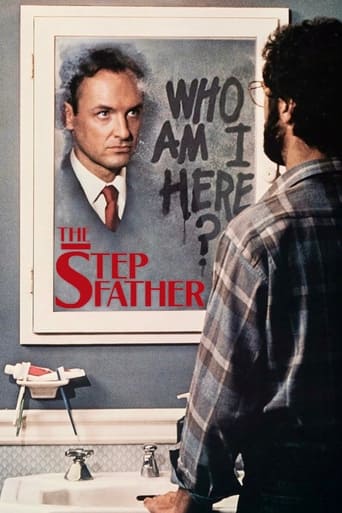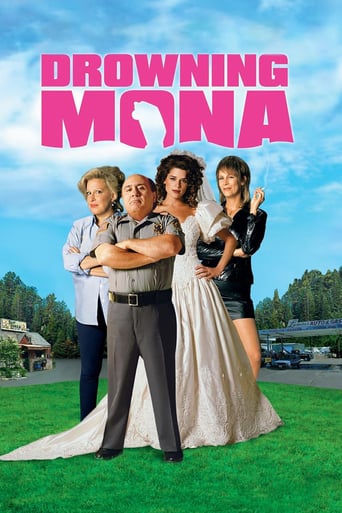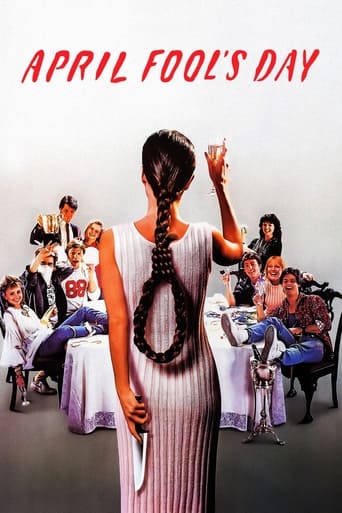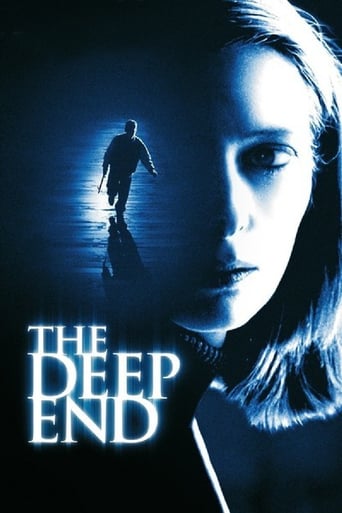
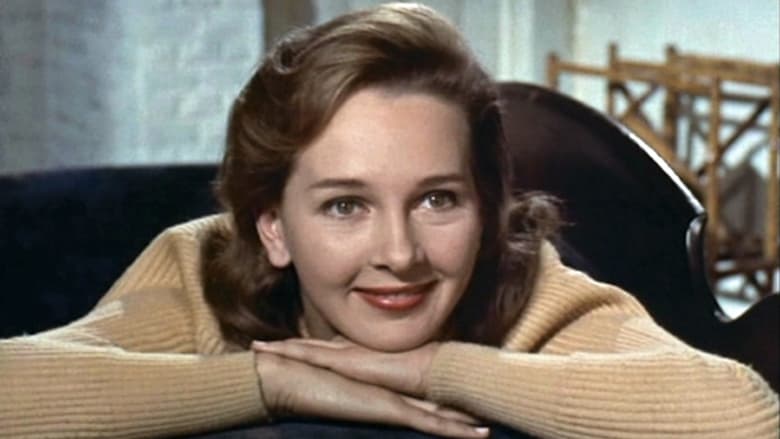
The 39 Steps (1960)
In London, a diplomat accidentally becomes involved in the death of a British agent who's after a spy ring that covets British military secrets.
Watch Trailer
Cast


Similar titles
Reviews
You won't be disappointed!
Absolutely brilliant
A Disappointing Continuation
This is a dark and sometimes deeply uncomfortable drama
As far as remakes go, this is not a bad one. It is infinitely better than the dreadful remake to Psycho, which quite frankly was pointless and was inferior in every possible way to the chilling (and traumatising) original. I will say right now I do prefer the Hitchcock film, which was really entertaining, suspenseful, well made and had believable chemistry between Robert Donat and Madeleine Caroll despite the deviations from the book. Plus it was Hitchcock, who directs while putting a lot of his fashioned touches that instantly made his directorial style recognisable.This remake has its flaws, but there are worse remakes out there (ie.Psycho, Wicker Man). The pacing here is a tad sluggish, there are one or two drawn out scenes that drag a bit. Also Taina Elg looks rather uncomfortable here, no denying she is a lovely lady, but her chemistry with Kenneth More isn't always there. Plus I also felt the direction from Ralph Thomas was on the pedestrian side. I also felt the scripting on occasions lacked the wit and suspense that made the Hitchcock film so memorable.Flaws aside, the plot is still good and intriguing enough, and so is the music which is quite stirring and the stylish camera work. Kenneth More, while he has acted better, is still very likable in the lead role of Richard Hannay, and the location shots of London are excellent, plus the Scottish scenery is stunning. The lighting is okay, could've been brighter in places but it was not distractingly bad or anything. Overall, this is a decent remake, but as I have accentuated many times, the Hitchcock film will always be better, no matter how much it is removed from the source material. 7/10 Bethany Cox
The Christopher Reeve version of Rear Window was alright, and the Gus Van Sant remake of Psycho was rubbish, so I dubious about seeing another remake of a popular Hitchcock film, but I gave it a chance anyway. Basically it follows the same plot as the original, Richard Hannay (Kenneth More) meets a spy who tells him something she shouldn't of, and is murdered soon after, putting Richard in the frame and on the frame. He follows her instructions and something about a guy with little finger missing all the way to Scotland to find out more about something called The Thirty-Nine Steps. As Richard does all this, both the police and the real murderers are trying to catch him, and a woman called Nellie Lumsden (Brenda De Banzie) ends up coming along too. It still has the same ending also, with Mr. Memory (James Hayter) being the one with all the answers, but with an extra little bit afterwards where Richard and Nellie are together like a couple. Also starring Taina Elg as Fisher, Barry Jones as Professor Logan, Reginald Beckwith as Lumsden, Faith Brook as Nannie, Michael Goodliffe as Brown, Duncan Lamont as Kennedy, Jameson Clark as McDougal, Andrew Cruickshank as Sheriff, Leslie Dwyer as Milkman, Betty Henderson as Mrs. McDougal, Joan Hickson as Miss Dobson and Sid James as Perce. I will admit I did get a little caught in the film with its new extra material, like one or two chase and chatty sequences, but I can see why the critics would give this less interesting version two stars. Okay!
Since Alfred Hitchcock's well-known version from 1935, there have been two further adaptations of John Buchan's "The 39 Steps". The 1978 version with Robert Powell kept the pre-World War I setting and was much more faithful to Buchan's plot than Hitchcock had been. The 1959 version, however, was a remake of Hitchcock's film, keeping much of the plot, and even some of the dialogue, of his version. (It came out in the same year as "North by Northwest", which can be seen as Hitchcock's own unacknowledged remake of his own film).Just as Hitchcock updated the story to the thirties, so this one updates it to the fifties. Modern audiences tend to assume that the villains in the Hitchcock film are agents of Nazi Germany, although this is never made explicit and for thirties audiences Stalin's Russia might have suggested itself as an alternative possibility. In the 1959 film, made during the Cold War, there is little doubt that the villains are working for the Soviet Union, although again this is never explicitly stated.In this version the hero, Richard Hannay, is not a Canadian (as he was in Hitchcock's film) but an Englishman, recently returned from working in the Middle East. (In Buchan's novel he was a Scot who had worked in South Africa). He meets by chance a woman who reveals to him that she is a spy, working for British Intelligence, and has uncovered a plot by a mysterious organisation known as "The Thirty Nine Steps" to steal the top-secret plans for a new British ballistic missile. (In Hitchcock's version the secret information related to a new aircraft engine). She tells Hannay that she must leave for Scotland immediately, but while he is out of the room, she is killed by two hit men. Fearing he will be accused of her murder, he decides to continue her mission and catches a train to Scotland. The plot continues along much the same lines as Hitchcock's, although there are a few changes. The heroine whom Hannay meets on the train is, for example, a sports teacher at a girls' public school. There are also some added scenes, such as the one where Hannay stays at an inn whose landlady turns out to be a spiritualist medium.Hitchcock's film was a comedy-thriller which combined suspense with humour, and the remake was intended in the same vein. Ralph Thomas was known as a director of both comedies (such as the "Doctor" films) and thrillers (such as "The Clouded Yellow") so he doubtless seemed the right man for the job. Compared to the original, however, this film is a pedestrian affair. To be fair to Thomas, part of the blame lies with the actors. Kenneth More plays Hannay as the sort of decent, middle-class stiff-upper-lipped English gentleman which had become his stock-in-trade, a characterisation which seems stolid and uninteresting next to the panache of Robert Donat's dashing action hero. The casting of the Finnish actress Taina Elg as Miss Fisher was an unsuccessful attempt to inject some Continental glamour into the film. Elg always comes across as dull and unglamorous, especially when compared to Madeleine Carroll who played the equivalent role in the Hitchcock film, and her foreign accent makes it difficult to accept her as a British schoolmistress.Some of the blame for the film's comparative failure, however, must lie with the director and scriptwriters. Some of the scenes, such as Hannay's escape on the Forth railway bridge, are indeed better done here than they were in the original, which is perhaps not surprising given that Thomas evidently had more financial resources available to him than did Hitchcock. The film as a whole, however, lacks the sense of movement and excitement which characterised Hitchcock's. The attempts at humour generally fall flat. The scene with the milkman is mishandled; in the original the humour arises from the fact that the milkman refuses to believe the truth but readily believes Hannay's false story about being a lover escaping from a jealous husband. In the remake Hannay simply comes out with the invented story without any attempt to tell the true one. The other comic high point of Hitchcock's film, the scene at the political meeting, here becomes an attempt to give a lecture to the assembled schoolgirls, and loses much of its point.This is not a particularly bad film, and is certainly not the worst Hitchcock remake. (That dubious distinction must belong to Gus van Sant's horrible version of "Psycho"). Nevertheless, the filmmakers seem to have failed to realise that trying to improve on Hitchcock's version was a vain endeavour. Had they wanted to make a new version of "The 39 Steps" they should have gone back to Buchan, as the makers of the 1978 film did. 5/10
First things first, Hitchcock's 'The 39 Steps' is and always will be a classic of the British cinema and Ralph Thomas's remake (it's unashamedly a remake, rather than an adaptation of the novel) fails to equal it. However, once you get past that fact, on its own terms this is rather an enjoyable little movie.Kenneth More is one of my favourite performers, perhaps not the greatest actor in the world, but one who has a charismatic personality. If he doesn't quite equal Robert Donat's original 'Richard Hannay', he comes close and invests the role with genuine warmth. Taina Elg's foreign heroine however, though very attractive is no Madeleine Carroll and is perhaps the movie's weakest link.The stars are backed up by a splendid cast of familiar British character actors, ranging from Sid James's cameo as a truck driver, to Brenda De Banzie's turn as a friendly, man-hungry roadside café owner.Another plus is the glorious Scottish locations (genuine this time, as opposed to the original's studio mock-ups), filmed in luscious 'Eastmancolor'.All in all, while Ralph Thomas is no Alfred Hitchcock (but then, there's only one Hitch), the remake is ideal entertainment, perfect viewing for a dark winter's night, curled up in your armchair with hot coffee and toast by your side.


